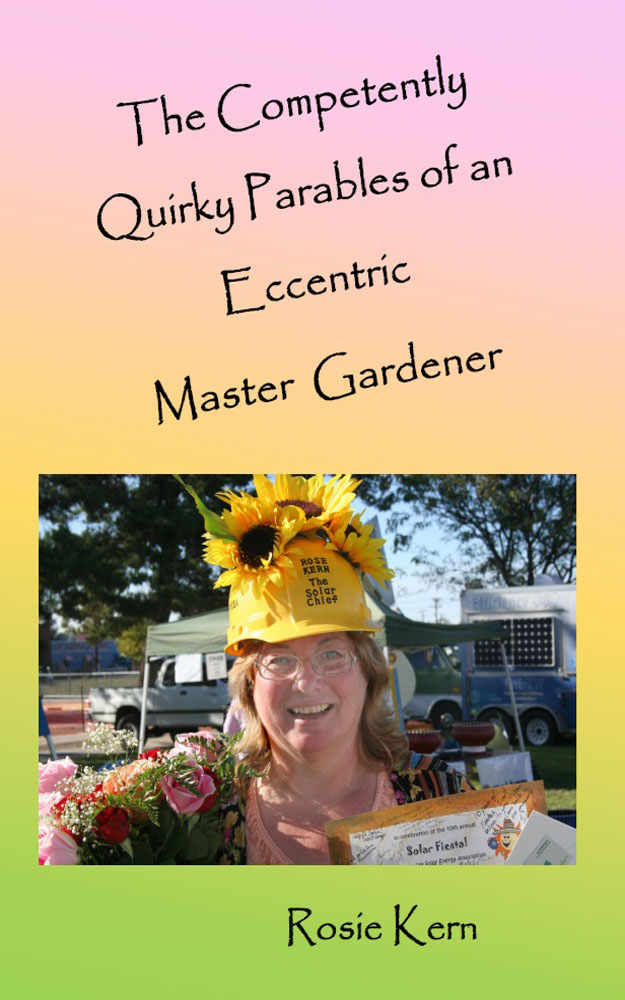Making your manuscript sing means it must look and read as professionally as possible. Some types of editing tighten up and enhance the storyline. Others deal with the nuts and bolts of language and punctuation. Here are the various types of editing an author should consider before self-publishing.
COPYEDITING
Copyediting is a light form of editing that applies a professional polish to a book. The editor reviews your work, fixing any mechanical errors in spelling, grammar, and punctuation. Copyediting is the least-expensive version of editing.
LINE EDITING
Refers to a unique edit that falls between copyediting and developmental editing in intensity. In line editing, the editor looks at your book line by line and analyzes each sentence. The editor considers word choice and the power and meaning of a sentence. The editor considers syntax and whether a sentence needs to be trimmed or tightened.
MECHANICAL EDITING
Mechanical editing refers to the application of a particular style, such as The Chicago Manual of Style or Associated Press (AP) Style. The editor looks at punctuation, capitalization, spelling, abbreviations, and any other style rules. Mechanical editing is sometimes included in copyediting.
SUBSTANTIVE EDITING
Substantive editing considers a work’s organization and presentation. It involves tightening and clarifying at a chapter, scene, paragraph, and sentence level. Unlike developmental editing, which covers the big-picture issues and deep-level restructuring, substantive editing deals with the actual prose.
DEVELOPMENTAL EDITING
The developmental editor looks deeply at the organization and strength of a book. Think big picture. It includes everything from pacing to characters, point of view, tense, plot, subplots, and dialogue. Weak links are exposed and questioned. The editor scrutinizes order, flow, and consistency. Are the chapters and paragraphs in the right order? Does the pacing lag anywhere? Is anything missing? Are the characters likable? Developmental editing considers all the aspects of a manuscript that make the book readable and enjoyable. Because of the extensive nature of this form of editing, it is more time intensive and costly. However, it is worth the investment if you are serious about succeeding as an author.
Critique (Critical Analysis)
The purpose for writing a critique is to evaluate somebody’s work in order to increase the reader’s understanding of it. Shorter and less detailed than developmental editing, a critical analysis is subjective writing because it expresses the evaluator’s opinion of a text. Writing a critique on a work helps us to develop knowledge of the work’s subject area. It looks at the work’s purpose, intended audience, development of argument, structure of evidence or creative style. A recognition of the strengths and weaknesses of the work.
Proofreading
The process of reviewing the final draft of a piece of writing to ensure consistency and accuracy in grammar, spelling, punctuation, and formatting.
RMK Publications does copy editing and proofreading as well as book formatting. For editors of other types we recommend you check out the SouthWest Writers Professionals Directory at this website: www.southwestwriters.com












Appreciated your description of the different types of editing. I never looked at the process from various vantage points.